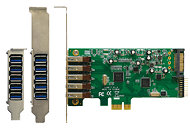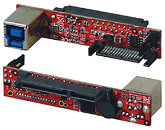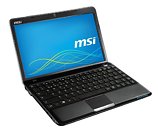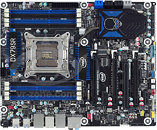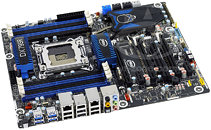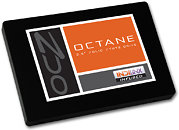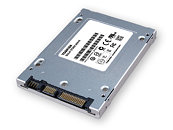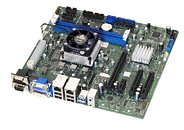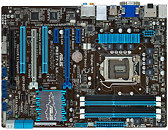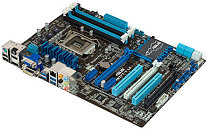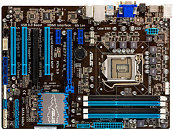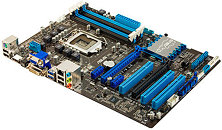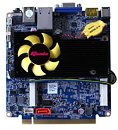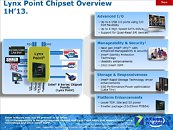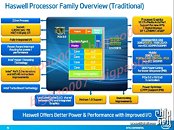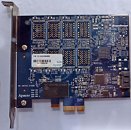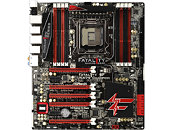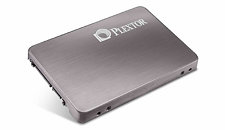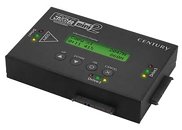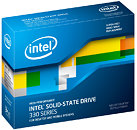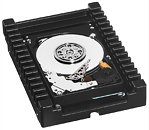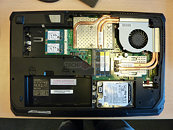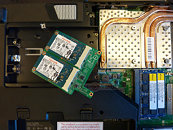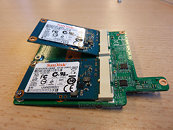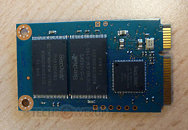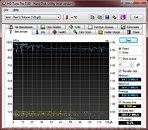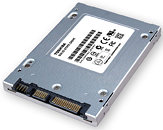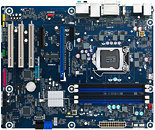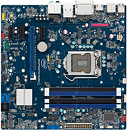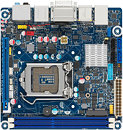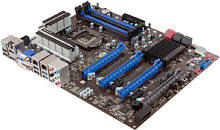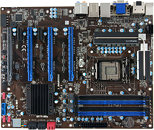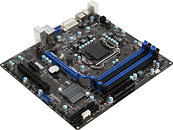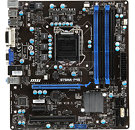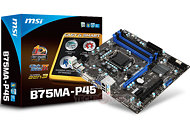Kuroutoshikou Intros New 7-port USB 3.0 Add-on Card, SATA Bracket
Japanese retailer Kuroutoshikou.com listed two new unique USB 3.0 products, the USB3.0F-P7-PCIe and KRHK-SATA3U3. The USB3.0F-P7-PCIe is a 7-port (yes, 7-port) USB 3.0 add-on card. Essentially, it is a low profile PCI-Express 2.0 x1 add-on card that has one FrescoLogic 4-port USB 3.0 host controller, one of its ports is is wired to a VLI VL810 USB 3.0 hub controller, which increases the number of ports to six, while its others vacant port is wired out.
The card has a total of 7 downstream USB 3.0 ports, 5 on the rear panel, and 2 via a standard front-panel header (angled). The card draws auxiliary power from a SATA power connector. It includes a low-profile bracket. While the card many not be able to push 5 GT/s from all the ports simultaneously, it provides a novel solution to connect several USB 3.0 devices at the same time, without needing a messy external desktop hub.
The card has a total of 7 downstream USB 3.0 ports, 5 on the rear panel, and 2 via a standard front-panel header (angled). The card draws auxiliary power from a SATA power connector. It includes a low-profile bracket. While the card many not be able to push 5 GT/s from all the ports simultaneously, it provides a novel solution to connect several USB 3.0 devices at the same time, without needing a messy external desktop hub.
